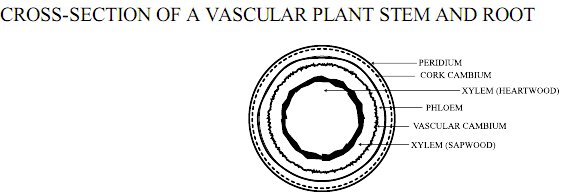During the process of osmosis, a solvent such as water passes through a membrane to dilute a stronger concentration of the solution until concentrations on both sides are the same. Osmosis allows for—and regulates the amount of—water and the nutrients dissolved in that water to pass through the cell membranes of a plant’s roots. The following illustration shows a semi-permeable membrane separating one concentration of a water-sugar solution from another.

Once osmosis occurs, which of the following will you observe?
Explanation
Sugar cannot pass through the membrane, so the amount of sugar on each side will not change. Water from side B, where the sugar concentration is weaker, will pass through the membrane to side A until concentrations are equalized. After 60 ml of water passes from side B to side A, you are left with 20 ml of water and 20 ml of sugar (a 50/50 concentration) on side B. Side A will have the same result: 80 ml of water and 80 ml of sugar (a 50/50 concentration).
Visit our website for other GED topics now!




